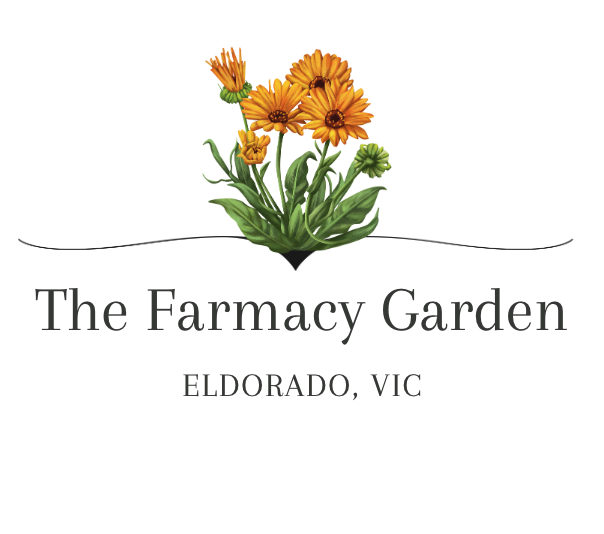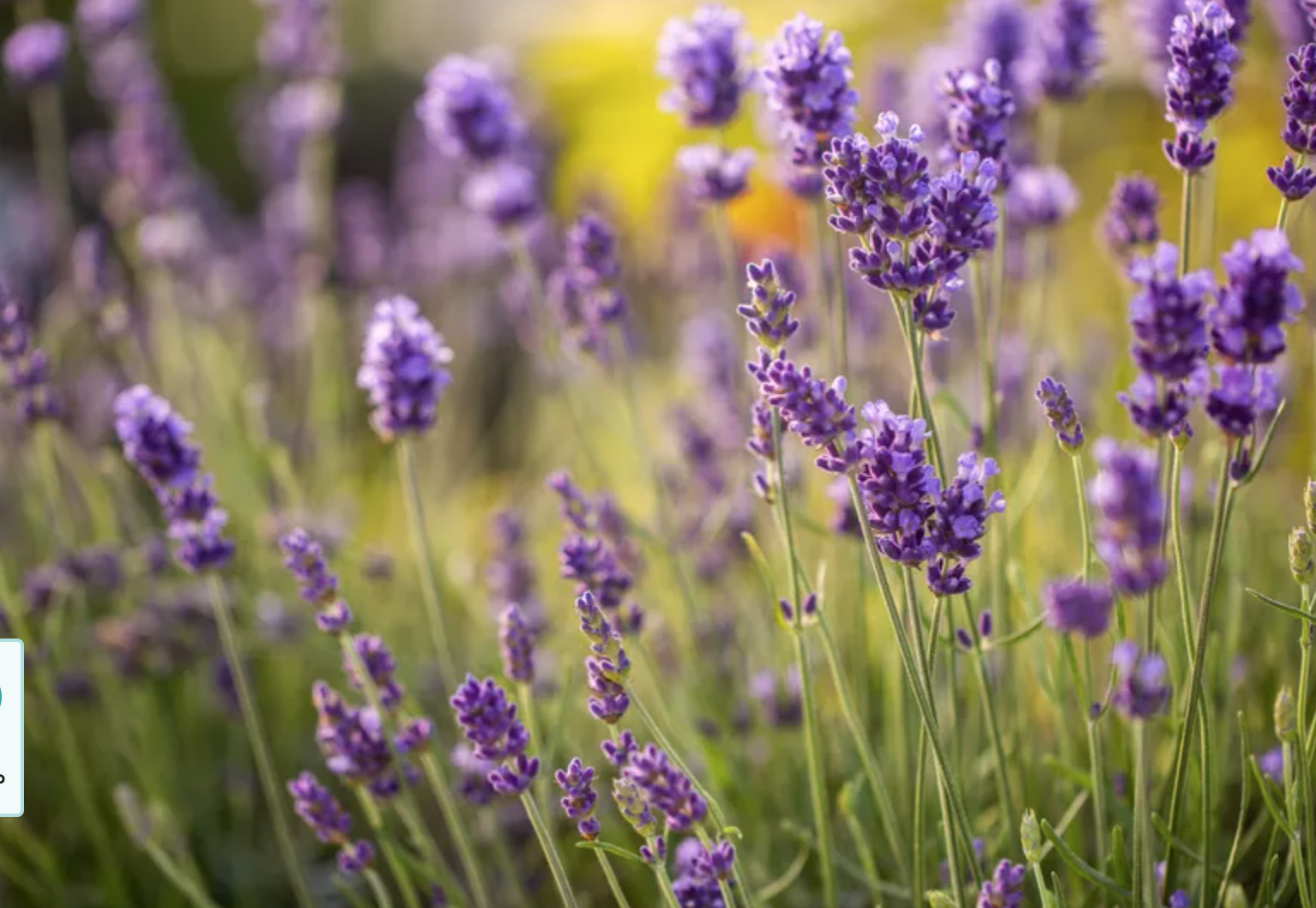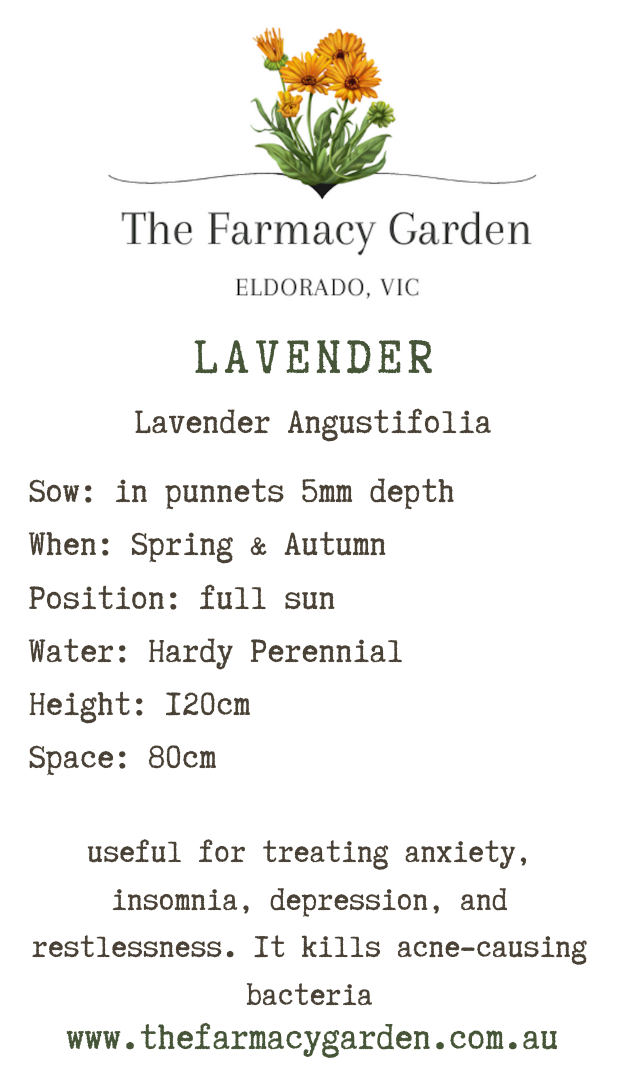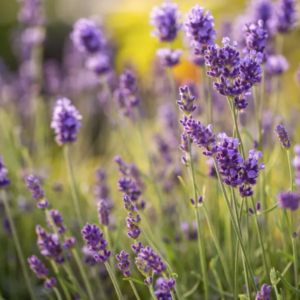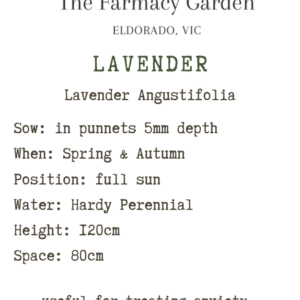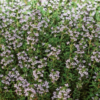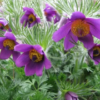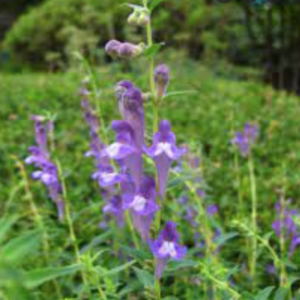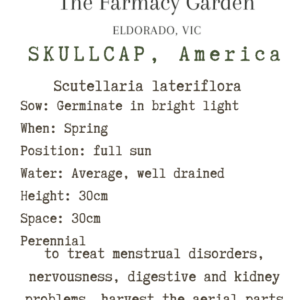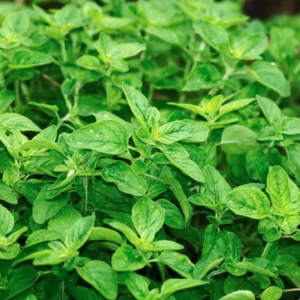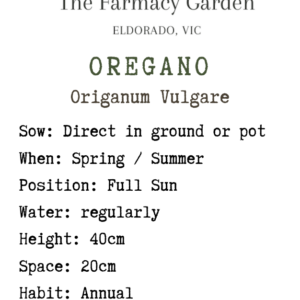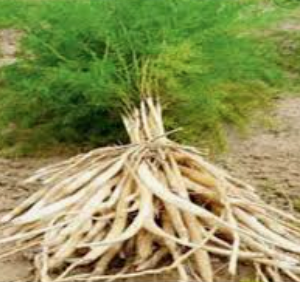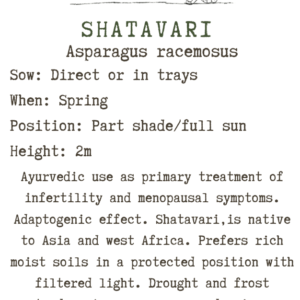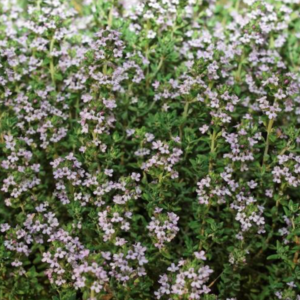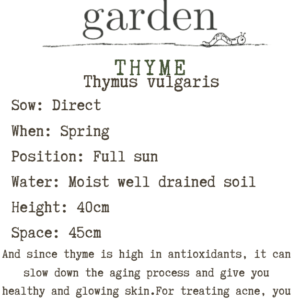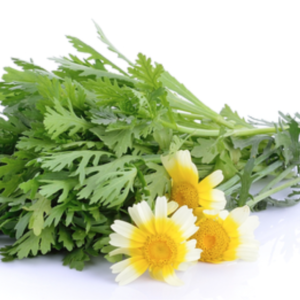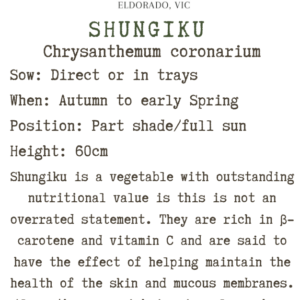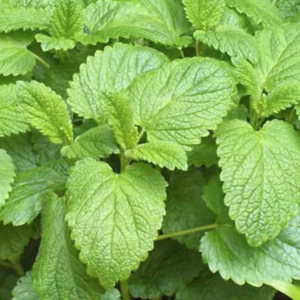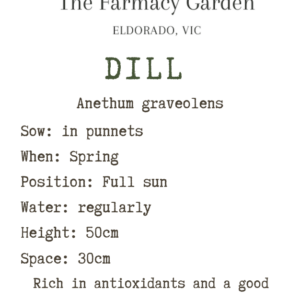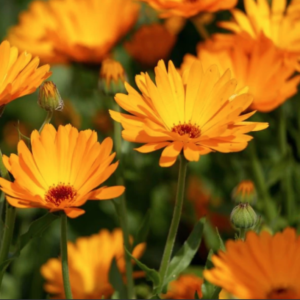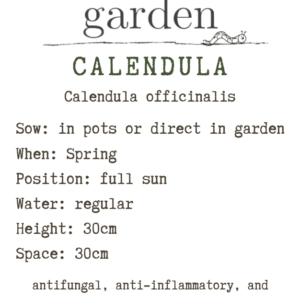Lavender Seeds, Lavandula angustifolia
$4.50 Original price was: $4.50.$2.50Current price is: $2.50.
Lavender is a flowering plant in the mint family that’s easily identified by its sweet floral scent. It’s believed to be native to the Mediterranean, the Middle East, and India, with a history dating as far back as 2,500 years. In ancient times, lavender was used as a holy herb.
Lavender is a flowering plant in the mint family that’s easily identified by its sweet floral scent. It’s believed to be native to the Mediterranean, the Middle East, and India, with a history dating as far back as 2,500 years. In ancient times, lavender was used as a holy herb.
English lavender (Lavandula angustifolia), with its aromatic leaves and sweetly fragrant flower spikes, is often considered a herb. But it is actually an herbaceous perennial with a semi-woody growth habit. It’s often grown to dry its leaves and flowers to make sachets and potpourri, and for its oils used in sleep aromatherapy. It is also an attractive garden plant with vibrant purple flowers appearing in late spring to early summer.
GROW: Keep soil moist but never wet or dry. Seeds should germinate in around 14-21 days at a soil temperature of 18-21°C. Transplant seedlings to the garden once they have their first true leaves and are large enough to handle (usually 5-10cm tall). Plant out, spacing plants 40-80cm apart.
HARVEST: To harvest lavender for tea, pick the flowers before they fully open. When you want to make a fresh bouquet of lavender, harvest the stems when about half the blooms are open—additional buds will bloom after the stems are cut. To harvest lavender for essential oil, wait until most of the blossoms have opened
USE: The bud stage (mid summer) is the best time to pick lavender for drying. Dried lavender buds can then be used for cooking, tea, making infusions/tinctures, sachets/potpourri, or as ornamental dried flowers. After the flowers open (late summer), they attract many pollinators to your garden.
Related products
Flower Seeds
Medicinal Herb Seeds
Medicinal Herb Seeds
Flower Seeds
Medicinal Herb Seeds
Flower Seeds
Flower Seeds
